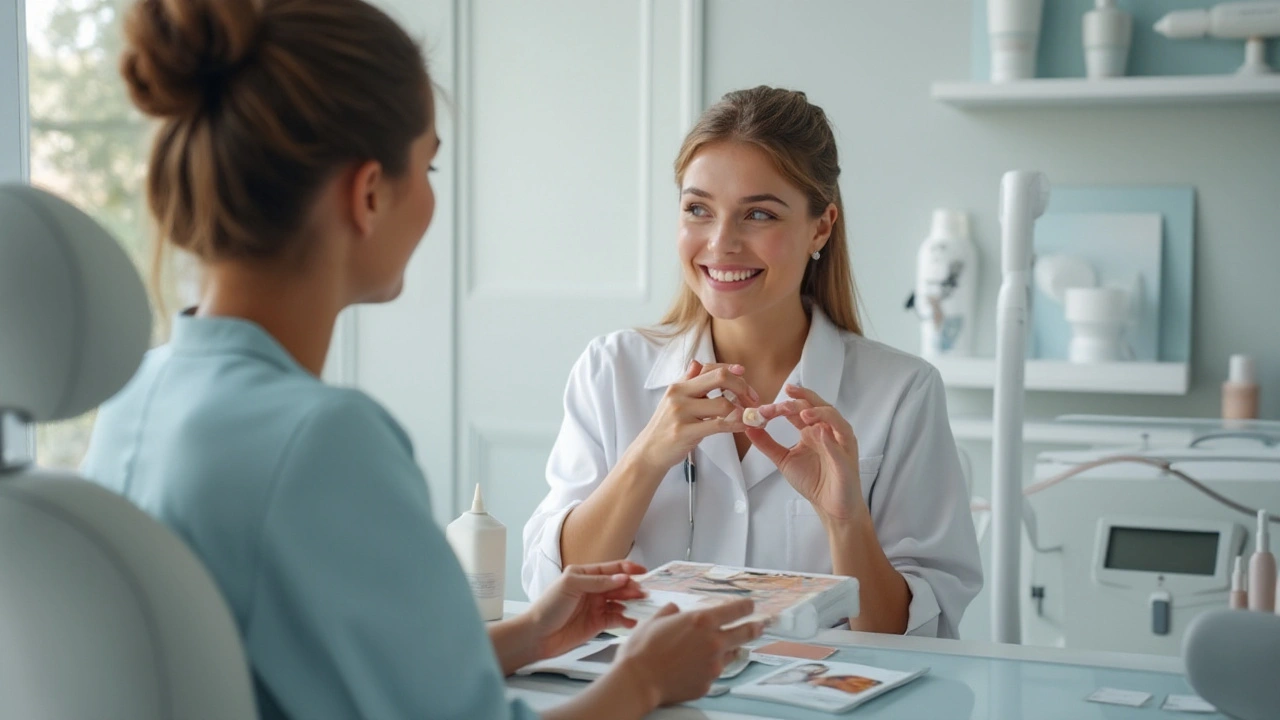Acne Treatment: Real‑World Tips to Clear Breakouts
If you’re battling pimples, you’re not alone. Most people hit a few breakouts in their teens and many see them again later in life. The good news? You don’t need a magic potion—just solid, consistent habits and the right products can keep your skin clear.
Why Acne Happens
Acne forms when hair follicles get clogged with oil, dead skin cells, and bacteria. Hormones flare up during puberty, stress, or menstrual cycles, telling your skin to produce extra oil. That extra oil mixes with dead cells and creates a plug. Bacteria love that plug, so they multiply and cause inflammation, which you see as red, tender spots.
Three things matter most: oil, dead skin, and bacteria. If you can control any one of them, you’ll see fewer breakouts. That’s why a simple routine that cleans, treats, and protects works better than a stack of pricey products.
Effective Treatment Options
Start with a gentle cleanser that removes excess oil without stripping your skin. Look for ingredients like salicylic acid or benzoyl peroxide—both break down the plug and kill bacteria. Use it twice a day; more isn’t better and can irritate your skin.
Next, add a targeted treatment. If you have occasional pimples, a spot‑treatment with 5% benzoyl peroxide works fast. For regular breakouts, a 2% salicylic acid serum helps keep pores clear. Apply a thin layer after cleansing and let it dry before moving on.
Moisturizing is a must, even if you think oily skin doesn’t need it. Choose a lightweight, non‑comedogenic moisturizer. It prevents your skin from overproducing oil in response to dryness.
If your acne is stubborn, consider over‑the‑counter retinoids. They speed up skin cell turnover, which prevents clogs. Start with a low strength, use it at night, and pair it with sunscreen during the day because retinoids increase sun sensitivity.
Don’t forget lifestyle habits. Drinking enough water, eating a balanced diet, and managing stress all influence hormone levels and oil production. Simple changes like a short daily walk or a few minutes of deep breathing can reduce flare‑ups.
Finally, be patient. Most acne treatments need 4–6 weeks to show results. Stick to the routine, avoid picking at spots, and give each product time to work.
Our site has many detailed articles on specific acne products, natural remedies, and how to handle acne scars. Browse the “acne treatment” tag for step‑by‑step guides that match your skin type and budget.
Remember, clear skin isn’t about a single miracle product—it’s about consistent care, the right ingredients, and a bit of patience. Follow these basics, and you’ll see fewer breakouts and smoother skin in no time.
Top Isofair Alternatives in 2025: Explore Your Options
Struggling with acne and looking for Isofair alternatives? Dive into 2025's top options for acne treatment that promise effective results with improved formulas. From enhanced absorption to potential side effects, this guide breaks down what you need to know. Perfect for those seeking alternatives to common isotretinoin treatments.
Exploring 2024's Top 5 Alternatives to Isotroin for Acne Treatment
Isotroin is a popular choice for combating severe acne, but not everyone can or should use it. In 2024, several alternatives offer promising results for those seeking different solutions. These options include topical retinoids, hormonal treatments, photodynamic therapy, Accure laser, and oral antibiotics. Each alternative presents unique pros and cons, making it essential to choose the one best suited to individual needs and medical history.


